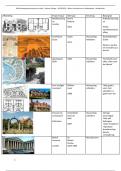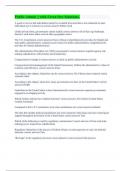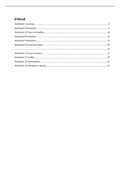College aantekeningen
Problem Solving and Search samenvatting
- Vak
- Instelling
- Boek
Dit document is een samenvatting van alle hoorcolleges die gegeven worden tijdens het vak Problem Solving and Search aan de UvA. Met deze samenvatting heb ik dit vak afgerond met een 8.
[Meer zien]













